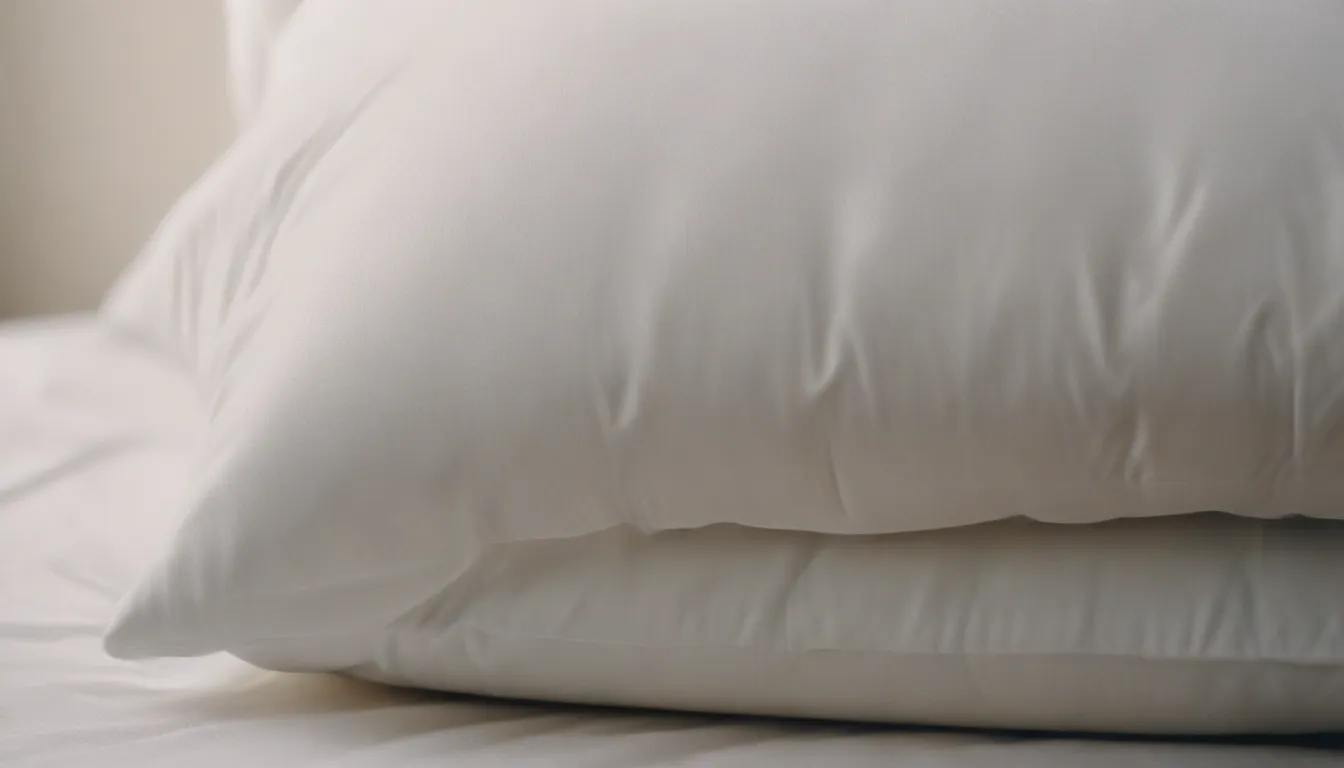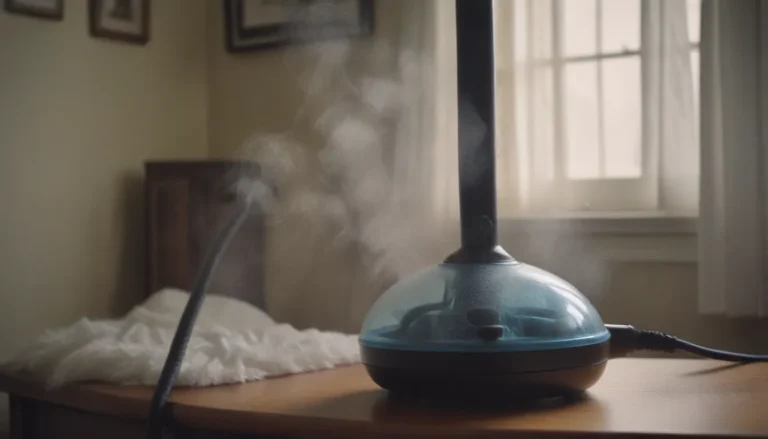The Ultimate Guide to Pillow Replacement: A Must-Read for Better Sleep

Have you ever stopped to consider just how often you should be replacing your pillows? It’s easy to overlook, but the truth is, replacing your pillows regularly can have a significant impact on your sleep quality and overall comfort. In this comprehensive guide, we will delve into the reasons why pillow replacement is essential, how to spot the signs that it’s time for a new pillow, and how to care for your pillows to make them last longer. So, grab a cup of tea, get comfortable, and let’s dive in!
Why Should You Replace Your Pillow?
We all know the feeling of sinking into a soft, cozy pillow after a long day. However, over time, our pillows can become less effective and, frankly, a bit gross. Here are a few reasons why replacing your pillows is crucial:
- Accumulation of Allergens: Dust, pet dander, and dandruff can build upon your pillow over time, attracting dust mites and other allergens that can affect your sleep quality.
- Body Oils and Sweat: Our bodies naturally produce oils and sweat, which can seep into our pillows, causing them to become smelly and stained.
- Loss of Support: As pillows age, the filling can become compressed, leading to a lack of support for your head and neck.
It’s clear that replacing your pillows regularly is essential for maintaining a hygienic and comfortable sleeping environment.
Signs You Need New Pillows
So, how do you know when it’s time to bid farewell to your trusty pillow and welcome a new one into your life? Here are some tell-tale signs that it’s time for a replacement:
- Lumpiness or Misshapen: If your pillow has lost its original shape and is no longer providing consistent support, it’s time for a new one.
- Foul Odors: A smelly pillow is a sure sign that it’s time to say goodbye.
- Stains: Persistent stains that refuse to budge, despite your efforts to clean them, indicate that it’s time for a fresh start.
- Allergies: If you find yourself waking up with allergy symptoms, your pillow may be harboring allergens that need to be addressed.
By recognizing these signs early on, you can ensure that you’re always sleeping on a fresh and supportive pillow.
When to Replace Pillows by Type
Not all pillows are created equal, and the lifespan of a pillow can vary depending on its type. Here’s a breakdown of when you should consider replacing different types of pillows:
- Feather Pillows: Feather or down-filled pillows are known for their durability and can last up to three years with proper care.
- Down-Alternative or Polyester Pillows: These pillows tend to be less durable, typically lasting around a year before needing to be replaced.
- Memory Foam Pillows: Memory foam pillows should be replaced every two to three years to maintain their supportiveness.
- Microbead/Gel Pillows: These hypoallergenic pillows should be replaced every two years to prevent compression and loss of shape.
Knowing when to replace your specific type of pillow can help you plan ahead and ensure you’re always getting the best sleep possible.
How to Care for Your Pillows
To extend the lifespan of your pillows and delay the inevitable replacement, proper care is essential. Here are some tips to help you care for your pillows:
- Use a zipped pillow protector: A pillow protector can help prevent dust, allergens, and spills from penetrating your pillow.
- Regularly fluff your pillows: Fluffing your pillows can help maintain their shape and supportiveness over time.
- Wash and dry your pillows: Running your pillows through the washer and dryer occasionally can help keep them clean and fresh.
- Treat stains promptly: Address any stains or spills on your pillows as soon as possible to prevent them from setting in.
By taking these simple steps, you can prolong the life of your pillows and ensure a peaceful night’s sleep for years to come.
In conclusion, replacing your pillows regularly is a simple yet essential aspect of maintaining a comfortable and hygienic sleep environment. By keeping an eye out for the signs that your pillows are past their prime and following our tips for proper care, you can ensure that you’re always sleeping on a pillow that provides the support and comfort you need. So, take a moment to assess the condition of your pillows, and if it’s time for a new one, don’t hesitate to make the switch. Your future self will thank you for it. Happy sleeping!





